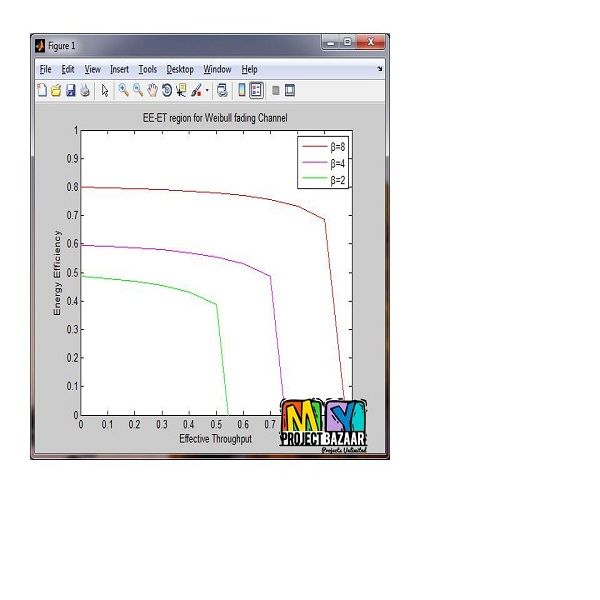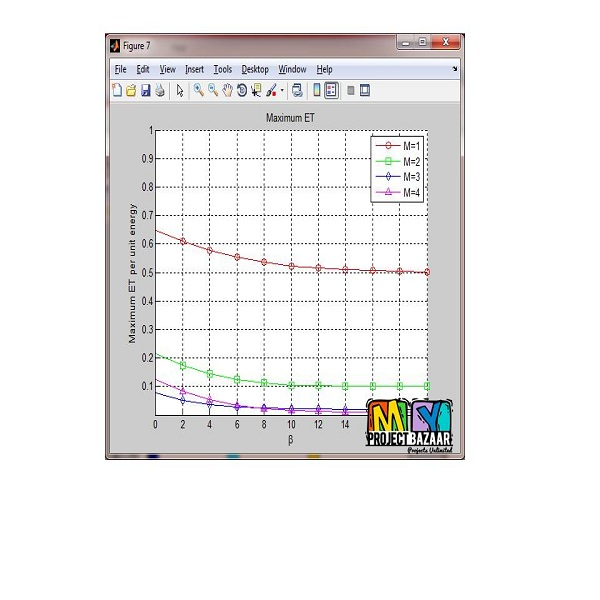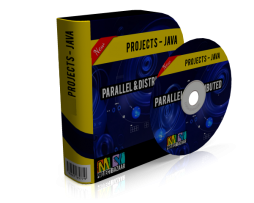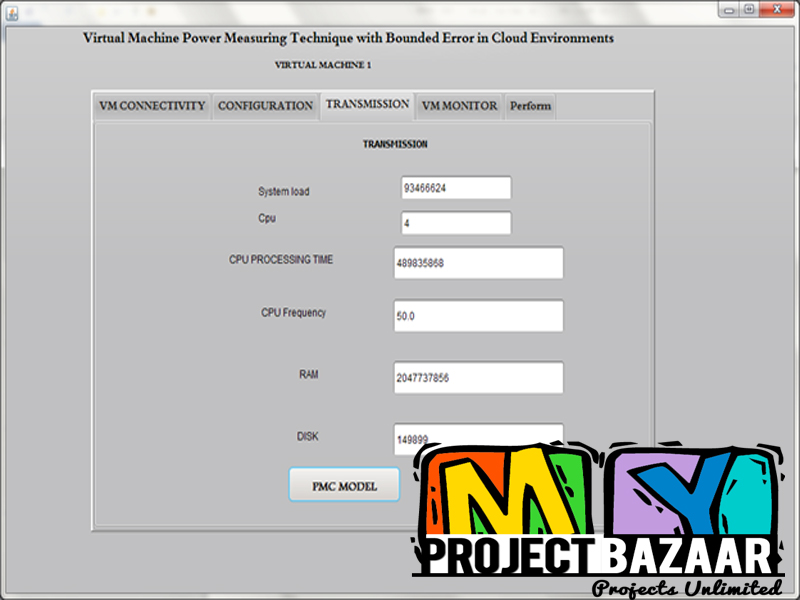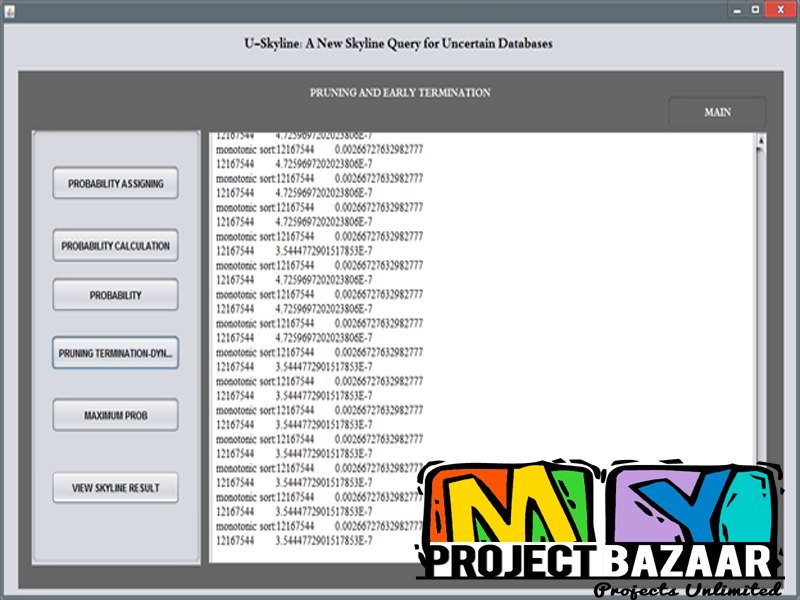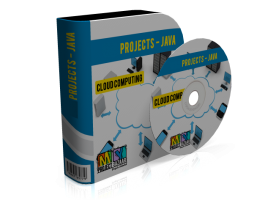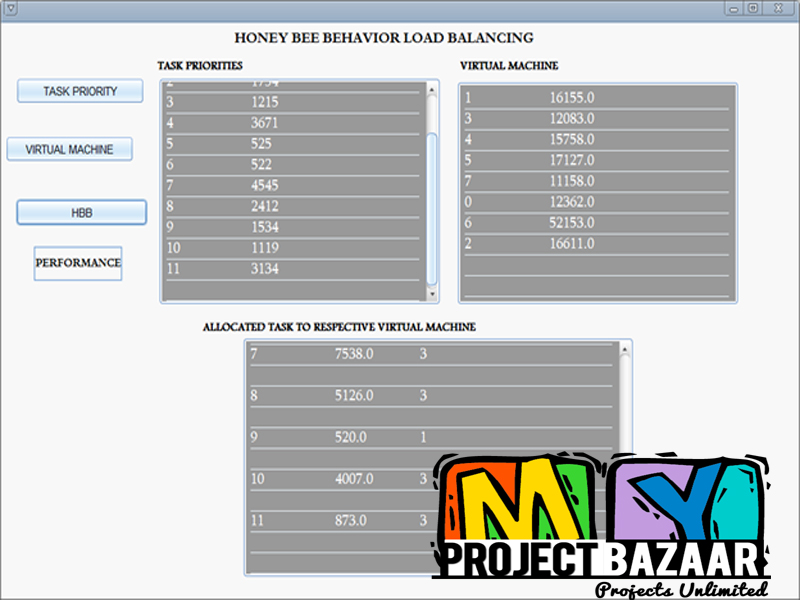
On the Energy Efficiency and Effective Throughput Tradeoff of Fading Channels
Product Description
On the Energy Efficiency and Effective Throughput Tradeoff of Fading Channels
Abstract— The tradeoff between the energy efficiency (EE) and the effective throughput (ET) of fading channels. In particular, we consider the case of zero channel state information (CSI) at the transmitter, and thus, the receiver can only successfully decode the source messages with certain probability. Accordingly, the ET, which is defined as the rate of the successfully decoded information, is adopted to measure the spectrum efficiency of the considered channels. We characterize the EE–ET region by exploiting its structure, and each boundary point is obtained by solving a quasi-concave problem. As a special case, we also obtain the maximum ET per unit energy in closed form. Finally, we generalize our results to the case of multihop relay channels. a block-fading channel, with zero CSI at the transmitter, and a delay-constrained traffic is considered, for which the transmission rate in each block should be no smaller than R . Under this scenario, it is easy to see that the receiver can only successfully decode the source messages with a probability less than 1. Instead of using the conventional Shannon capacity [5]–[7] as the measure for SE, we thereby adopt the effective throughput (ET), i.e., the rate of the successfully decoded information at the receiver < final year projects >
Including Packages
Our Specialization
Support Service
Statistical Report

satisfied customers
3,589
Freelance projects
983
sales on Site
11,021
developers
175+

